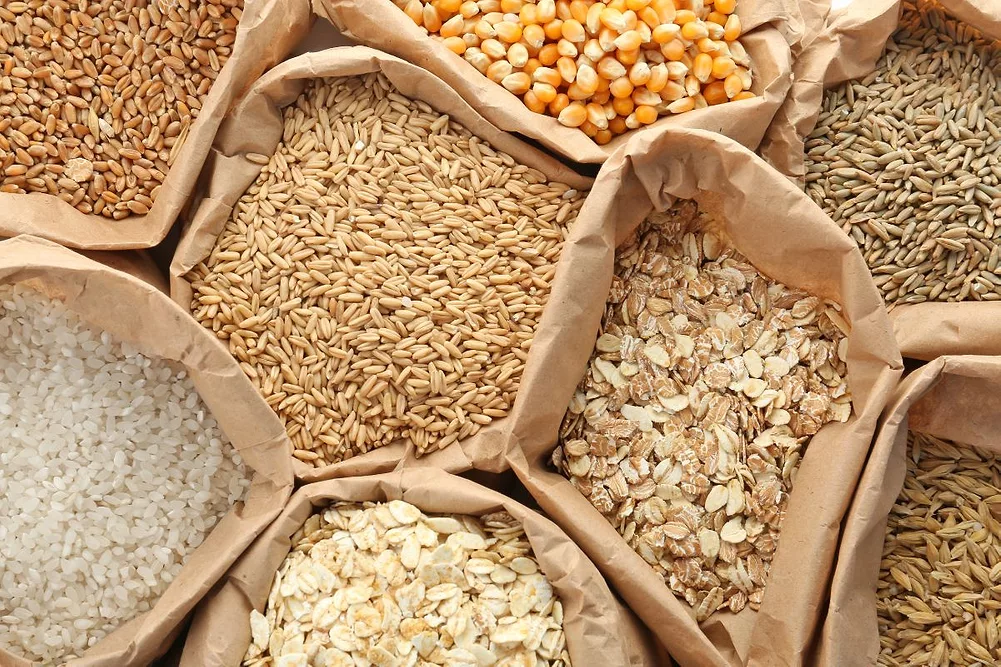Sub-Saharan Africa is witnessing a steady rise in demand for agricultural imports, from wheat and maize to processed feeds, driven by urbanisation, rapid population growth, and rising incomes. This is creating one of the world’s fastest-growing food markets. Ukraine, among other exporters, is stepping in to meet this demand, with recent studies highlighting the region’s potential as a vibrant export destination.
For exporters and investors, the moment holds significant promise. U.S. forecasts suggest bulk grain imports to sub-Saharan Africa will grow by nearly 5% each year, potentially reaching 152 million tonnes by 2032. This surge reflects shifting diets toward more grains, meat, and dairy products. By 2050, Africa’s population is expected to hit 2 billion, further intensifying the need for dependable food supply chains. Alongside staples, appetite is also rising for processed goods such as vegetable oils, soy meal, and poultry, presenting opportunities for foreign suppliers to diversify their product ranges.
But this growing reliance on imports raises a deeper, more urgent question: how long can Africa afford to remain dependent on external suppliers for food security, especially when much of the raw produce originates from its own soil? The paradox is stark, African farmers export unprocessed crops only to see them re-imported as finished goods, often at steep costs and under tariffs that hurt both consumers and producers.
Agriculture contributes as much as 23% of GDP in many sub-Saharan African countries and employs millions of smallholder farmers. Yet, productivity remains low, value chains underdeveloped, and processing capacity limited. Smallholders, who form the backbone of the sector, often operate on razor-thin margins, selling harvests without the infrastructure or capital to add value. The result is a cycle where Africa produces raw commodities but pays heavily to consume refined ones.
For Ukraine and other exporters, Africa represents a strategic growth market, but success will depend on more than shipping grain. It will require investment in logistics hubs, stronger trade partnerships, and navigation of Africa’s complex regulatory environments. For Africa, however, the challenge is existential: policies must go beyond import reliance to strengthen domestic capacity. That means investing in processing plants, incentivising agribusiness innovation, improving land governance, and supporting smallholder farmers with technology and finance to scale production.
Africa’s grain story is, therefore, a tale of two paths. On one hand, foreign exporters can seize a booming market. On the other, African nations have the chance to turn rising demand into a catalyst for self-sufficiency, by building industries that not only feed their people but also create jobs, reduce vulnerability, and shift the continent from being a consumer of finished imports to a global powerhouse of agricultural production and processing.








